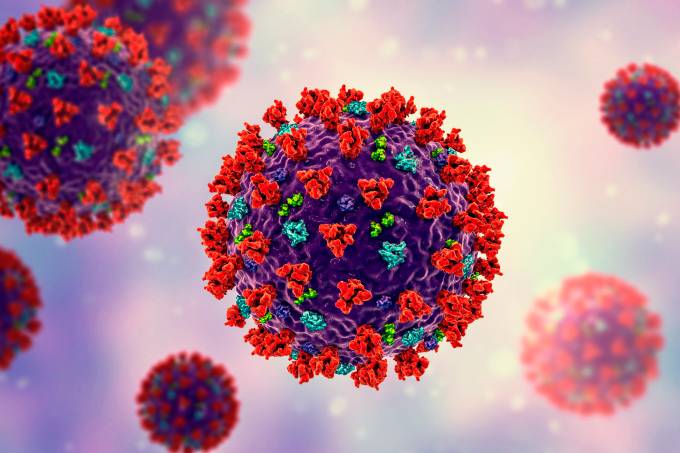Protocol Detail


ARRHYTHMIAS
Heart arrhythmia, also known as irregular heartbeat or cardiac dysrhythmia, is a group of conditions where the heartbeat is irregular, too slow, or too fast
Diagnosis
To diagnose a heart arrhythmia, your doctor will review your symptoms and your medical history and conduct a physical examination. Your doctor may ask about or test for conditions that may trigger your arrhythmia, such as heart disease or a problem with your thyroid gland. Your doctor may also perform heart-monitoring tests specific to arrhythmias. These may include:
- Electrocardiogram (ECG). During an ECG, sensors (electrodes) that can detect the electrical activity of your heart are attached to your chest and sometimes to your limbs. An ECG measures the timing and duration of each electrical phase in your heartbeat.
- Holter monitor. This portable ECG device can be worn for a day or more to record your heart's activity as you go about your routine.
- Event monitor. For sporadic arrhythmias, you keep this portable ECG device available, attaching it to your body and pressing a button when you have symptoms. This lets your doctor check your heart rhythm at the time of your symptoms.
- Echocardiogram. In this noninvasive test, a hand-held device (transducer) placed on your chest uses sound waves to produce images of your heart's size, structure and motion.
- Implantable loop recorder. This device detects abnormal heart rhythms and is implanted under the skin in the chest area.
Management
SINUS RHYTHM:
· Start Amiodarone infusion,
· Loading dose of 5 mg/kg over 1-2 hours in at least 250 MLs 5% Dextrose,
· Maintenance IV dose 15 mg/kg in 500 mLs 5% Dextrose over next 24 hours to amaximum dose of 1200 mg in 24 hours.
SINUS BRADY CARDIA:
· Check BP,
· If hypotensive treat,
· Atropine 0.3 mg IV,
· May be repeated up to 1.2 mg,
· Consider pacing, Isoprenaline IV.
VENTRICULAR ECTOPICS:
· Treat if multifocal, Ratio to sinus beat > 1:5, Salvos of 10 or more or “R on T”,
· Lignocaine IV,
· If refractory consider Procainamide IV 50mg/min up to 400 mg.
SINUS TACHYCARDIA:
· Treatment often not required,
· Consider low dose Metoprolol 0.5-1.0 mg (if not contraindicated).
ATRIAL FIBRILLATION:
· DC conversion if hypotensive,
· Otherwise consider Digoxin 0.5 mg IV over 30 minutes.
2nd OR 3rd DEGREE HEART BLOCKS:
· If hypotensive and heart rate < 50 bpm Atropine 0.6 – 3.0 mg IV,
· Consider Isoprenaline infusion and pacing.
RECURRENT Ventricular Tachycardia:
· Manage as Ventricular Fibrillation if pulseless,
· Lignocaine 1.5 mg/kg IV bolus followed by IV infusion,
· If no response procainamide 50 mg/min up to 400 mg,
· Stop if develops hypotension or QRS widens,
· If no response consider Bretyllium 5 mg/kg IV over 5 mins followed by infusion at 1-2 mg/min.









